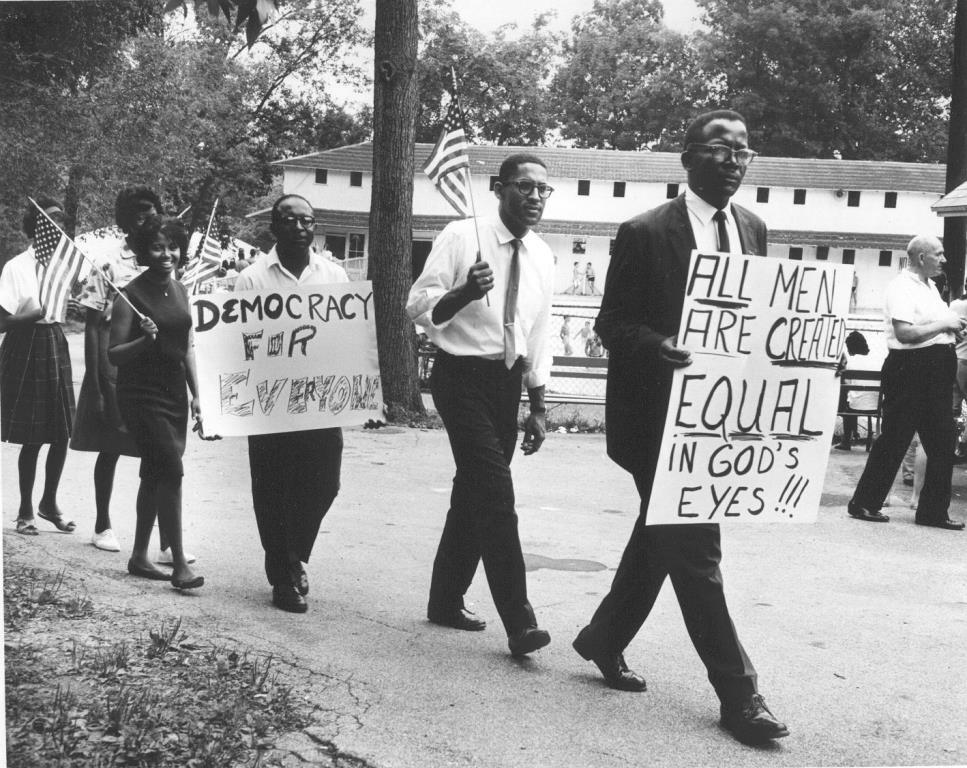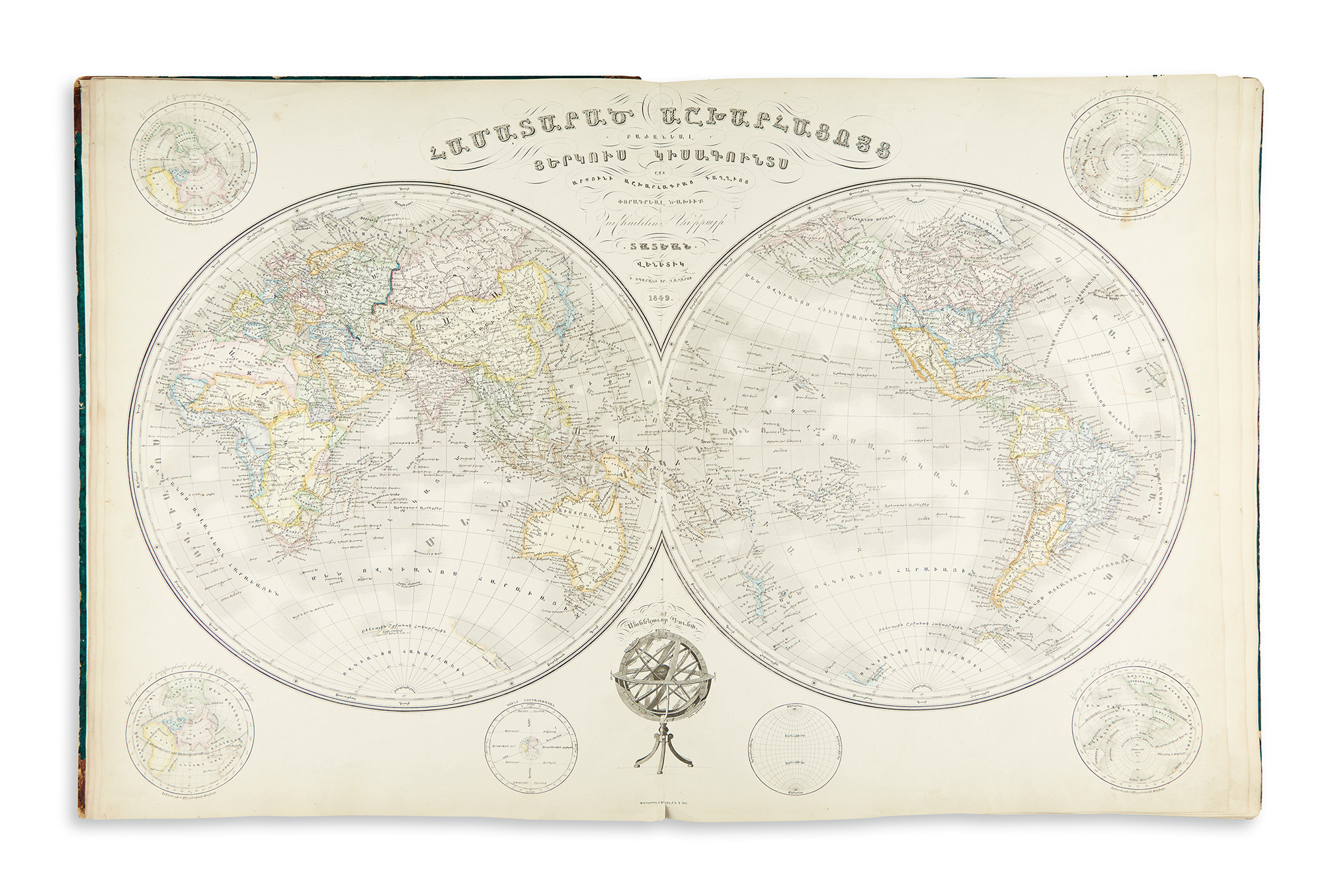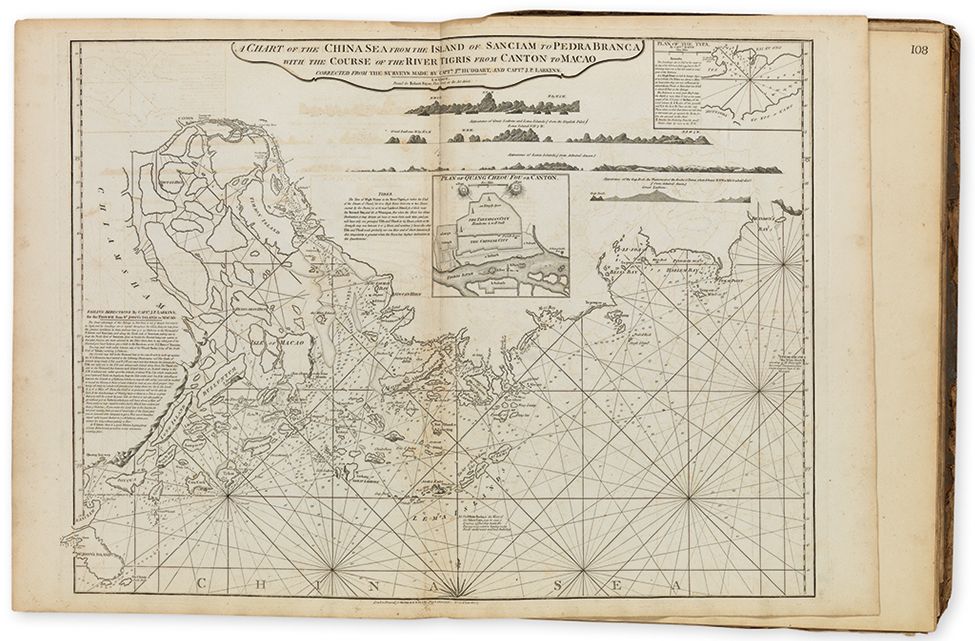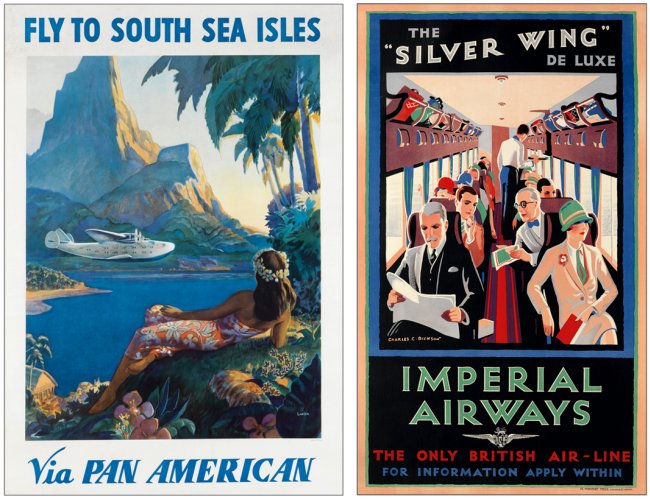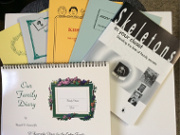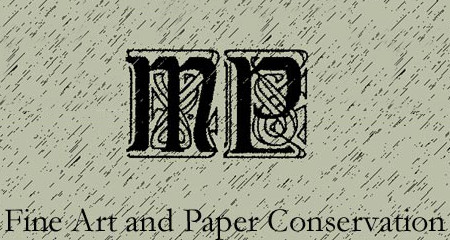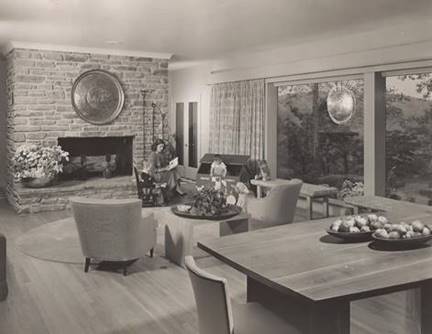Google Search
William Caxton: Contributing Author Nicholas Birchall
W i l l i a m C a x t o n
The art of printing has been part of civilisation since mankind worked in co-operative groups. The Chinese communicated with imperial decrees and textiles printed from hand cut wooden blocks.
In Asia the textile crafts produced complex multi coloured patterns on cotton and silk weave (paisley patterns). These were much prized in Europe and imported on mass until stiff tariffs were levied in the late 18th century to protect the emerging home textile industry.
The art of producing wood cut illustrations and text blocks for printing was common in Europe, often the main client was the Catholic Church.
The Great Comet of 1680

335 Years Ago
The Great Comet of 1680 is known as Kirch's Comet and Newton's Comet, the former for the German astronomer Gottfried Kirch (1639-1710), who discovered it on 14 November 1680. It was the first comet to be discovered by telescope, and the latter because Isaac Newton (1642-1727) famously used the comet's trajectory to test Kepler's laws of planetary motion.
Arthur Eric Rowton Gill by Nicholas Birchall
Eric Gill
Text © Nicholas Birchall 17 March 2012
 Arthur Eric Rowton Gill
Arthur Eric Rowton Gill
A r t h u r E r i c R o w t o n G i l l
Fig one: portrait of Eric Gill by Desmond Chute. Pencil drawing Ca. 1938
Sculptor, Engraver, Artist and Type Designer
Skilled hand-maker or decorative anarchist?
A man who understood the alphabet as a functioning refined, aesthetic, phonetic recognition system.
 Fig two: Inscriptional lettering 1901*
Fig two: Inscriptional lettering 1901*
Fig two: Inscriptional lettering 1901
(Before attending the Central school of arts and crafts and Edward Johnston‘s teaching.)
In the third year of his uncomfortable apprenticeship to an architect he was offered, by Edward Prior, the job of inscribing letters on the new Medical School Prior was building at Cambridge. This opening freed Eric Gill from the enclosed world of the architects drawing office and offered him “a real job of work and no more sitting on an office stool drawing things for other people to do”. “Henceforth I gave up all ideas of becoming an architect and became a letter-cutter and monumental mason” This at the time seemed an “escape down from a gentlemanly profession to the rank of skilled artisan” “I went to Edward Johnston’s classes of writing and lettering at the Central School of Arts and Crafts. It was through Edward Johnston that I finally threw off the art nonsense of the Chichester art-school and got away, though not immediately, from the amateurishness of my efforts as an architect’s pupil”.
But this event was much more than that, ”I won’t say I owe everything I know about lettering to him…. but I owe everything to the foundation which he laid. And his influence was much more than that of a teacher of lettering. He profoundly altered the whole course of my life and my ways of thinking.”
Eric Gill progressed from being a pupil of Edward Johnston to being his assistant and sharing his rooms at Lincoln’s Inn. Eric Gill realised the vast range of knowledge and skills Edward Johnston had as a “former of letters”, He then began to emulate Edward Johnston’s philosophy as a designer and artist. This led Eric Gill to perfect his own practice as a lettering artist (both pen and brush drawn calligraphy) and deepen his appreciation of the alphabet as a living, developing abstract information system.
Eric Gill rapidly developed his own lettering skills and philosophy of design and often debated that letter-forms are a distinct area of design where there is no ambiguity as to the form, purpose or message in the artwork, unlike the emerging abstract forms of fine art with obscure messages hidden in the media.
 Fig three: Tablet cut by Eric Gill in 1906.
Fig three: Tablet cut by Eric Gill in 1906.
Fig three: Tablet cut by Eric Gill in 1906. From his own rubbing, 19.75″ x 30.5″
Ancient Customs Used in a Printing-house Excerpt from Moxon
I was lucky enough to come across a copy of Mechanick Exercises on the Whole Art of Printing (Dover Edition 1962. Edited by Herbert Davis and Harry Carter). I've been reading through it, but wanted to share part about the elevated status printers once held ...and the seriousness of the profession.*
Customs of the Chappel
(As An Appendix)
Ancient Customs used in a
Printing-house
Every Printing-house is by the Custom of Time out of mind, called a Chappel; and all the Workmen that belong to it are Members of the Chappel: and the Oldest Freeman is Father of the Chappel. I suppose the stile was originally conferred upon it by the courtesie of some great Churchman, or men, (doubtless when Chappels were in more veneration than of late years they have been here in England) who for the Books of Divinity that proceeded from a Printing-house, gave it the Reverend Title of Chappel.
There have been formerly Customs and By-Laws made and intended for the well and good Government of the Chappel, and for the more Civil and orderly deportment of all its members while in the Chappel; and the Penalty for the breach of any of these Laws and Customs is in Printers Langage called a Solace.**
And the Judges of these Solaces, and other Controversies relating to the Chappel, or any of its Members, was plurality of Votes in the Chappel. It being asserted as a Maxim, That the Chappel cannot Err. But when any Controversie is thus decided, it always ends in the Good of the Chappel.
1. Swearing in the Chappel, a Solace.
2. Fighting in the Chappel, a Solace.
3. Abusive Language, or giving the Ly in the Chappel, a Solace.
4. To be Drunk in the Chappel, a Solace.
5. For any of the Workmen to leave his Candle burning at Night, a Solace.
6. If the Compositer let fall his Composing-stick, and another take it up, a Solace.
7. Three Letters and a Space to lye under the Compositers Case, a Solace.
8. If a Press-man lets fall his Ball or Balls, and another take it up, a Solace.
9. If a Press-man leave his Blankets in the Tympan at Noon or Night, a Solace.
These Solaces were to be bought off, for the good of the Chappel: Nor were the price of these Solaces alike: For some were 12d. 6d. 4d. 1d. ob. according to the nature and quality of the Solace.
But if the Delinquent prov'd Obstinate or Refractory, and would not pay his Solace at the Price of the Chappel; they Solac'd him.
The manner of Solacing, thus.
The Workmen take him by force, and lay him on his Belly athwart the Correcting-stone, and held him there while another of the Work-men, with a Paper-board, gave him 10 l. and a Purse, viz
Eleven blows on his Buttocks; which he laid on according to his own mercy. For Tradition tells us, that about 50 years ago one was Solaced with so much violence, that he presently Pissed Blood, and shortly after dyed of it.
*Taken verbatim pages 323-24. Mechanik Exercises on the Whole Art of Printing (1683-4) by Joseph Moxon. Second Edition of Dover Publications, 1962.
**Solace. According to the O.E.D., the word in this sense is confined to the printing-trade. The French equivalent is "amende."
***If you have any need of this information, feel free to use it, but please credit Passed Time as your source, and link back to our site. We need all the visibility and advertising we can get to spread the word about the site and keep up our work.
Author Pat Earnest, currently lives in Dover, Delaware, with family, both two- and four-footed. I am a published author and history enthusiast, who has great regard for the past and is especially proud of the Pennsylvania German culture. In addition to Passed Time, I am currently working on a project for the German Historical Institutes Immigrant Entrepreneurship: German-American Business Biographies (http://www.ghi-dc.org). I also contribute to various newsletters and I am working on another book...or two. Feel free to email me at pcsuter@hotmail.com with questions, comments, information, a shared love of history, an idea, because you want to chat or you have an great idea for PT. Please be aware, Files With Attachments will not be opened, but immediately deleted.






